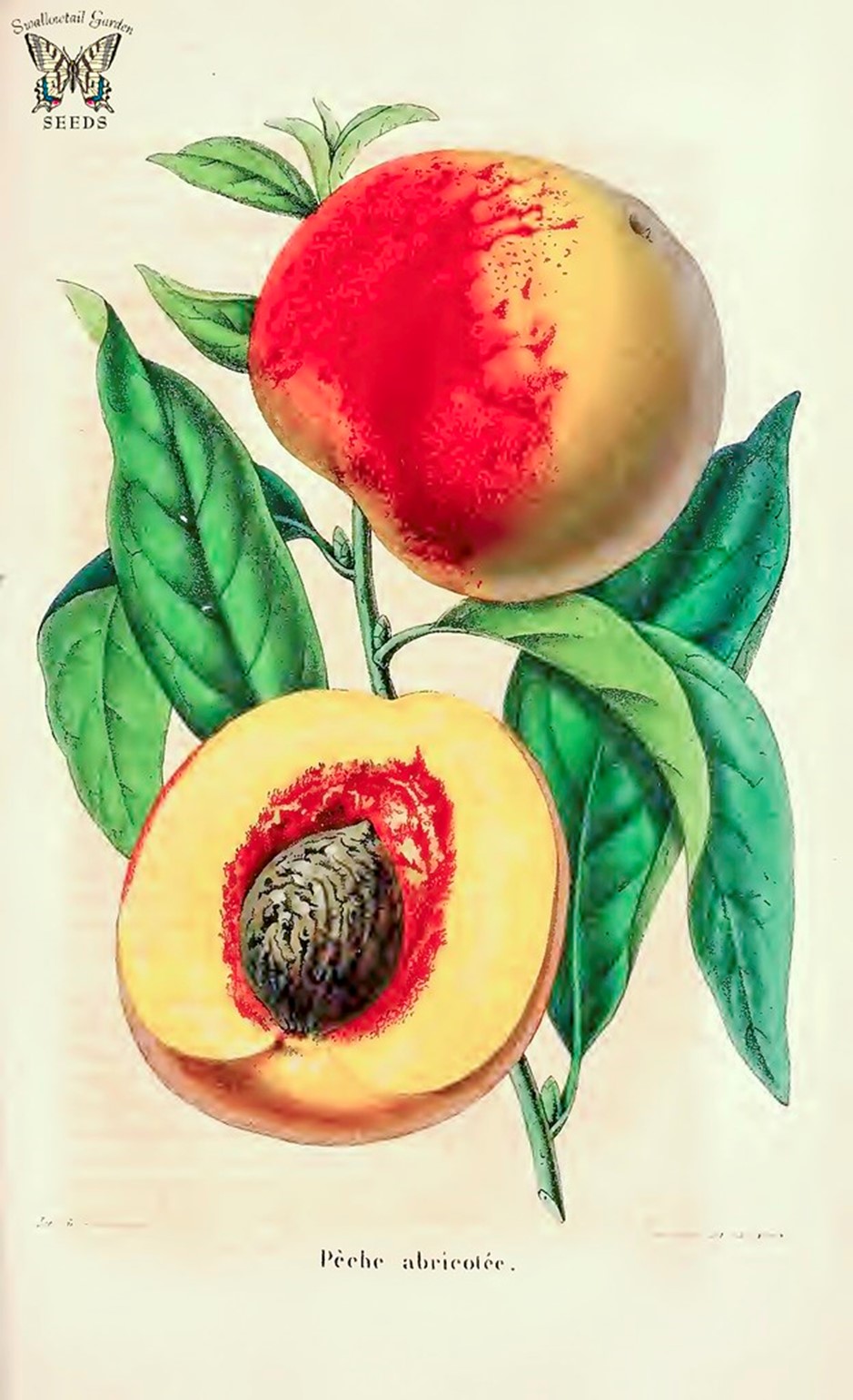
Figure 1. “Peach. Pèche ‘Abricolée. Prunus persica. La Belgique horticole, journal des jardins et des vergers, vol.4 (1853-1854)” by Swallowtail Garden Seeds (CC BY 2.0).
Peaches, peaches, peaches, peaches, peaches! You may be familiar with the recently popular ballad sung by Bowser for Princess Peach, but how familiar are you with this sweet summer fruit and its history?
Characteristics:
Peaches (Prunus persica), within the genus Prunus, belong to the plum subfamily, Amygdaloideae, of the Rose and Almond Family, Rosaceae. Also members of this genus are plums, almonds, cherries, apricots, and nectarines. Peaches are non-native perennial fruits that were introduced to North America, and primarily are found growing in the eastern and southern regions of the United States, with some also grown in western states such as California and Oregon. Other members of the Prunus genus, such as plums, are both introduced as well as native in North America. The deciduous (woody) peach tree is actually native to Asia, or more specifically China. As you may notice at your local farmer’s market and/or grocery store, today there are hundreds of cultivars of peaches that have been cultivated as early as 2000 BC. Not commonly known is that parts of the peach plant actually pose a medium-severity poisonous threat to humans. This includes wilted leaves, as well as seeds. The seeds within the pits contain a cyanide compound which, when ground or chewed, can be poisonous and threatening to health. Possible respiratory failure, among other symptoms, can result. Another fun fact about the common peach tree is that it is actually the larval host plant for Eastern Tiger Swallowtail butterflies, a light yellow butterfly that is very common in the eastern United States.
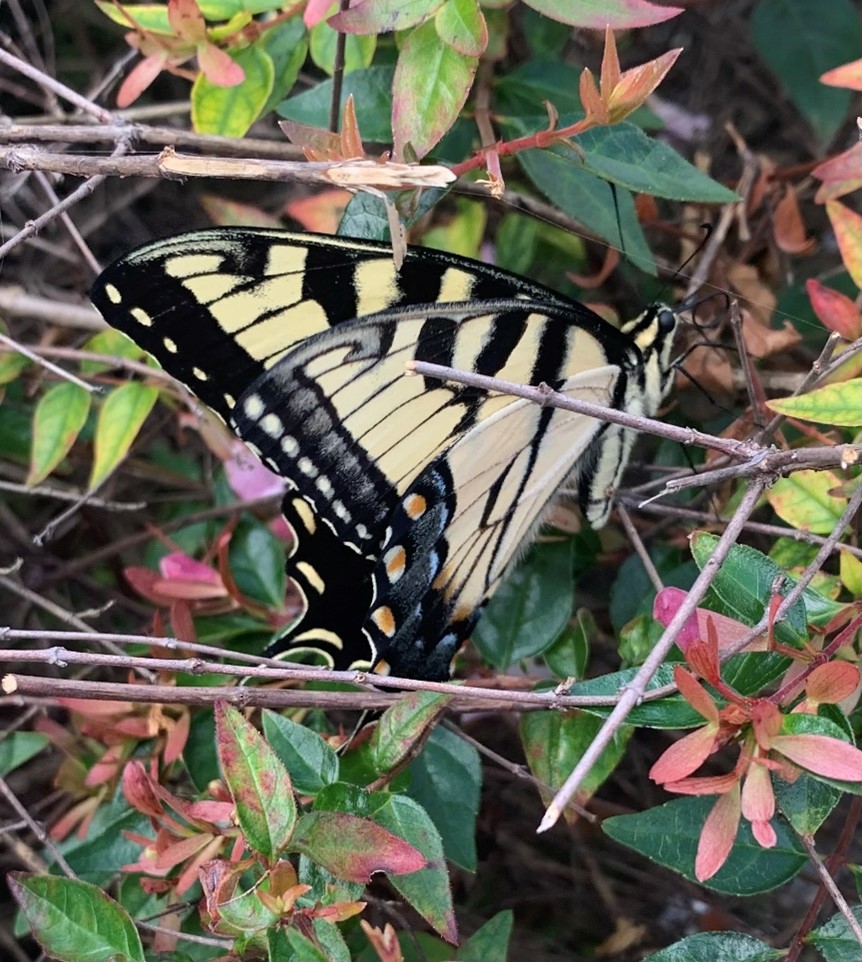
Figure 2. Eastern Tiger Swallowtail in Knoxville, TN (photo by Kelly Santana).
Moist, fertile, well-drained, and acidic soils in full sun are best for the fruiting of the peach tree, although it is subject to many pest problems and often needs to be sprayed and monitored if grown for fruit consumption. Pruning is also required for this tree. The tree grows 15 to 25 feet tall with a rounded crown and upward-stretching branches. The trunk of the tree is a scaly dark grey (it becomes scalier with age), and often attempts to grow multiple trunks unless trained. While older stems are also greyish, young stems are actually redder. The cup-shaped flowers that bloom in the spring are pink or white, and contain 4 to 5 petals/rays. They are fragrant and 1 to 3 inches in size, often found solitary. The fruit is considered to be a drupe, growing one to three inches in diameter. When ripe in summer, the fruits have a characteristic yellow to orange color tinged with red and fuzzy hairs. When the fruit is hairless and smooth, it is considered a nectarine, and this is caused by a recessive gene. The leaves, which turn yellow in the fall, are simple, alternate, and serrate (toothed edge), with either lanceolate or elliptical shape and are 3 to 6 inches long and 1 to 3 inches wide.
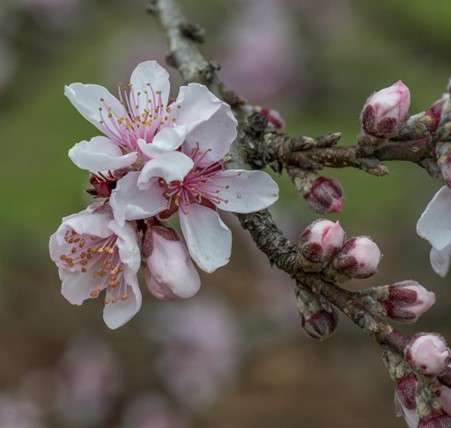
Figure 3. “Prunus persica Bonfire blossom NBG” by Puddin Tain (CC BY-SA 2.0).
Historical Uses:
Peaches have been used historically not only as supplemental food for nutrition and taste, but as medicine, dye, and wood as well. In archaeological sites, peaches are represented by preserved pits, often through carbonization (exposure to fire), whereas the rest of the plant is often eaten or too fragile to be preserved. Even small fragments can be identified by paleoethnobotanists and can help in understanding use, cultivation, and/or trade.
Native American tribes such as the Cherokees, Havasupai, Hopi, Iroquois, Keres Western, Keresan, Navajo Ramah, and Seminoles have traditionally eaten peaches as a part of their diets. Peaches were commonly eaten fresh, but the fruit was also often dried to preserve for later consumption, especially for winter months or to be taken on hunting trips. To dry peaches they would split the fruits open, pit them, and dry them in the sun or over fire. Peaches were also formed into breads and cakes for future use; some fruit cakes would be soaked in warm water and cooked as a sauce with cornbread, while others would be mashed and stewed to be drunk as a beverage.
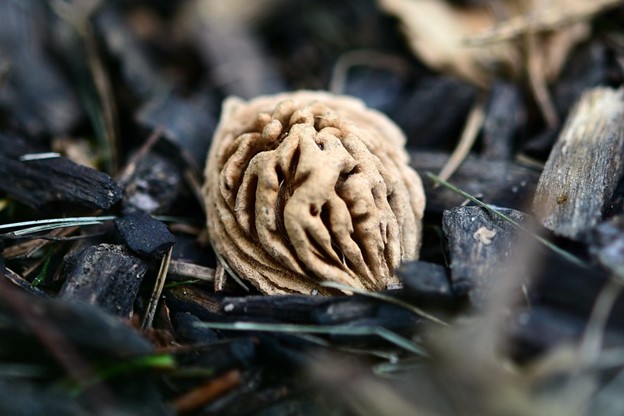
Figure 4. “Discarded Peach Pit” by slgckgc (CC BY 2.0).
Medicinally, the Cherokees have used different parts of the peach plant to form an infusion to fight fevers or to be taken as a purgative. The leaves specifically were formed into an infusion to fight stomach aches. An infusion of scraped bark was also used for vomiting, while a decoction of parched seed kernels would aid against worms. The leaves wrung in cold water would also be used as a poultice to treat swelling. The Delaware Indians would also use infusions of leaves for expelling pinworms and for children suffering from vomiting. Leaves were also used by the Rappahannock (fresh or dried) to aid in kidney ailments. Likewise, the Navajo utilized the plant and dried fruit as a purgative, and the Koasati used the leaves to rub on scratches of tired legs.
The fruit itself has not been used for purposes besides food and occasionally medicine, however the yellow leaves of the plant have been used historically by the Navajo tribe as a dye, and the Hopi have also made use of the wood to make weaving batons.
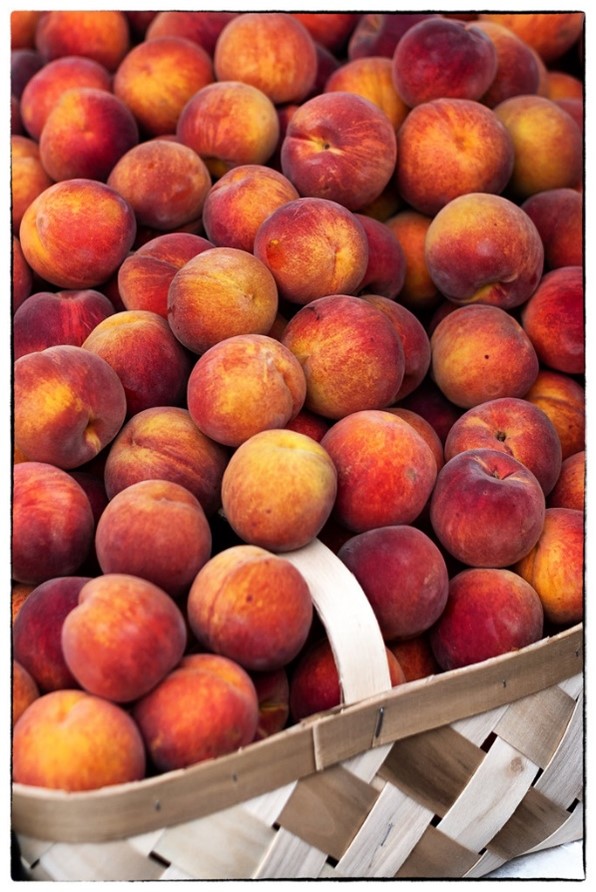
Figure 5. “Peaches at the Market” by Rob Shenk (CC BY-SA 2.0).
Peach Cobbler Recipe:
Want to make fresh peach cobbler at home this summer? The McClung’s very own Christine Dano Johnson shares her mom’s recipe!
Ingredients:
1 cup Flour
1 cup Sugar
1 stick Butter (1/4 lb)
2 tsp. Baking Powder
¾ cup Milk
1 large can of Sliced Peaches (or substitute fresh!)
Dash of Cinnamon
Cream butter and sugar in quart casserole dish, adding flour and baking powder slowly with milk. Add can of peaches (or fresh peaches), then sprinkle with cinnamon. Cook 350 degrees for 55 minutes until top is nice and brown (but not dark brown).
For More Information:
Elpel, Thomas J. 1967. Botany in a Day: The Patterns Method of Plant Identification, An Herbal Field Guide to Plant Families of North America. HOPS Press. Pony, Montana.
Moerman, Daniel E. 1998. Native American Ethnobotany. Timber Press, Portland, Oregon.
NC State Extension Gardener Plant Toolbox. 2023. Prunus persica. Electronic document, https://plants.ces.ncsu.edu/plants/prunus-persica/.
US Department of Agriculture, Natural Resources Conservation Service. 2023. PLANTS Database. Electronic document, https://plants.usda.gov/home.